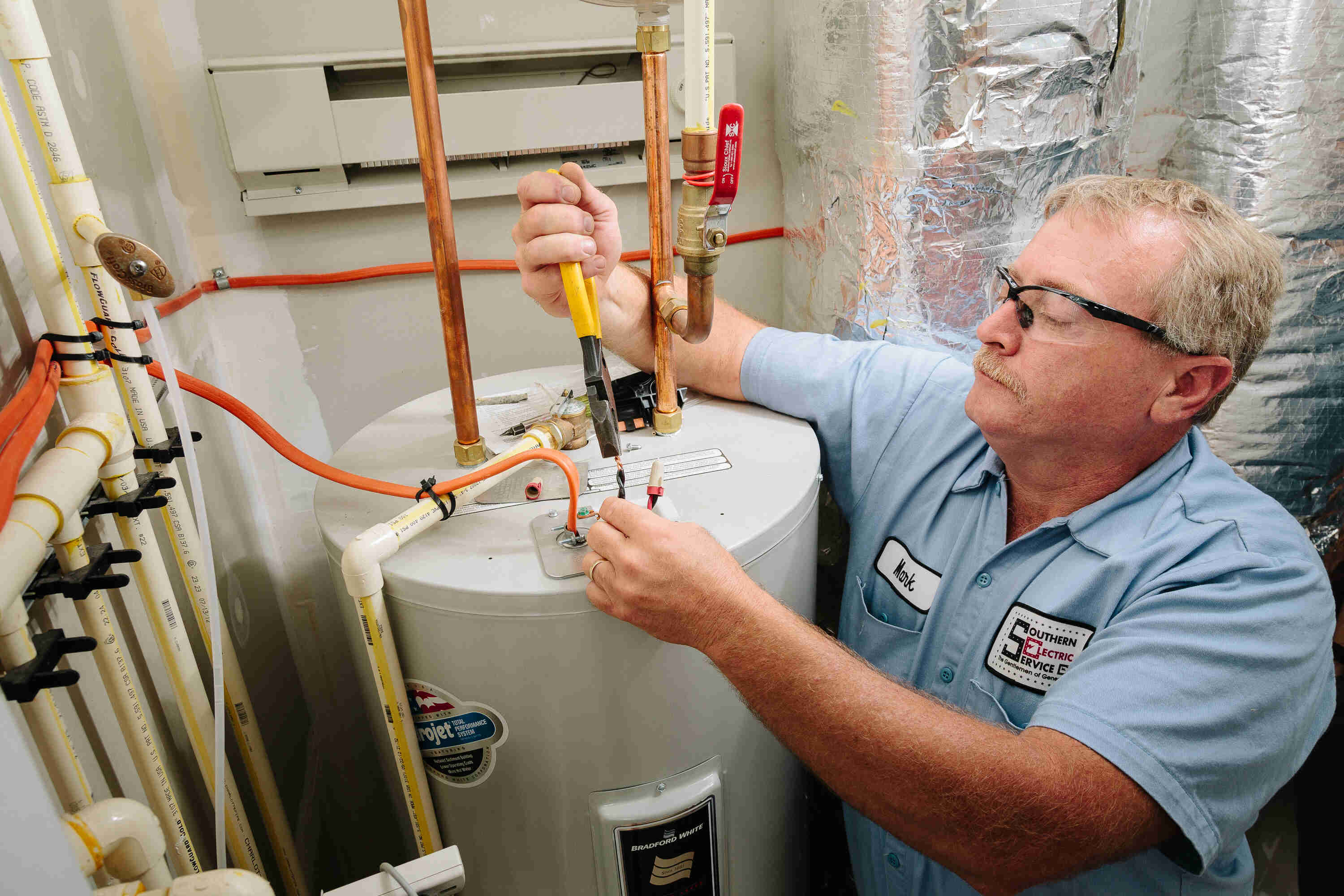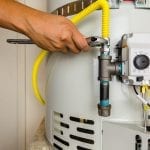Making Sure Longevity of Your Home's Hot Water System: Care Advice
Making Sure Longevity of Your Home's Hot Water System: Care Advice
Blog Article
We've stumbled on this article relating to How to Maintain Your Water Heater & Prolong its Life below on the net and felt it made sense to discuss it with you on my blog.

Warm water is important for everyday comfort, whether it's for a rejuvenating shower or cleaning dishes. To guarantee your warm water system runs effectively and lasts much longer, regular maintenance is vital. This article supplies practical suggestions and understandings on how to preserve your home's warm water system to avoid interruptions and pricey repairs.
Introduction
Preserving your home's warm water system might seem overwhelming, but with a few basic actions, you can ensure it operates smoothly for many years ahead. This overview covers everything from comprehending your warm water system to do it yourself maintenance suggestions and understanding when to call professional assistance.
Value of Keeping Your Warm Water System
Regular maintenance not only prolongs the life-span of your warm water system but also ensures it runs effectively. Disregarding upkeep can lead to lowered efficiency, higher energy expenses, and even early failure of the system.
Signs Your Hot Water System Requirements Maintenance
Understanding when your warm water system requires focus can protect against significant problems. Keep an eye out for indicators such as irregular water temperature level, weird sounds from the heating system, or corroded water.
Flushing the Water Heater
Flushing your water heater removes sediment buildup, improving performance and extending its life.
Checking and Replacing Anode Rods
Anode poles stop rust inside the tank. Inspecting and changing them when worn out is essential.
Complex Concerns Needing Expert Help
Instances include major leakages, electric issues, or if your water heater is continually underperforming.
Regular Professional Upkeep Perks
Professional upkeep can include detailed assessments, tune-ups, and ensuring conformity with security standards.
Checking and Adjusting Temperature Level Settings
Readjusting the temperature setups guarantees optimal efficiency and safety.
Do It Yourself Tips for Maintenance
You can execute a number of upkeep tasks on your own to keep your warm water system in top problem.
Checking for Leakages
Frequently evaluate pipes and links for leaks, as these can bring about water damage and greater bills.
Recognizing Your Hot Water System
Prior to diving into upkeep tasks, it's valuable to recognize the basic parts of your hot water system. Normally, this includes the hot water heater itself, pipes, anode rods, and temperature level controls.
Regular Monthly Upkeep Tasks
Regular regular monthly checks can help catch small issues prior to they rise.
Evaluating Stress Relief Valves
Checking the stress relief valve guarantees it operates correctly and stops excessive pressure build-up.
Insulating Pipes
Shielding hot water pipes minimizes warmth loss and can save power.
When to Call an Expert
While do it yourself maintenance is valuable, some problems call for professional experience.
Conclusion
Routine upkeep of your home's hot water system is important for performance, long life, and cost savings. By complying with these pointers and recognizing when to seek expert assistance, you can make certain a reliable supply of hot water without unforeseen disruptions.
Water Heater Maintenance: The Basics
Maintaining your water heater will ensure it operates efficiently and has a longer lifespan. Neglecting regular maintenance can lead to costly repairs and an even bigger chunk of your savings if you have to replace it sooner than necessary. But there’s good news: Most water heater maintenance tasks are relatively simple and easy for homeowners with basic DIY skills.
Flush the Water Heater
Over time, sediment and minerals can build up in the tank, reducing its efficiency and potentially causing damage. To flush the tank, turn off the power or gas supply, attach a hose to the drain valve near the bottom and open the valve to drain the water until it runs clear. Ideally, flush the tank annually.
Replace the Anode Rod
The anode rod is a sacrificial metal rod that helps prevent corrosion inside the tank. Inspect and replace it every three to five years or per the manufacturer's recommendation. To replace the anode rod, turn off the power or gas supply, drain a few gallons of water from the tank, unscrew the old rod and replace it with a new one. If the anode rod is significantly corroded or covered in calcium buildup, it's a sign the water heater may need to be replaced soon.
Tune-Up
A yearly tune-up can help identify potential issues and ensure your water heater operates at peak efficiency. This typically involves checking the thermostat, burner assembly (for gas heaters) and any other components specified by the manufacturer. During a tune-up, the technician may also clean the burner and adjust the pilot light (for gas heaters) or examine the heating elements (for electric heaters).
How to Maintain Your Water Heater
Insulate the tank. Insulating the tank can improve energy efficiency and reduce heat loss, saving you money on energy bills. You can purchase precut insulation blankets designed specifically for water heaters or use standard fiberglass insulation wrapped securely around the tank. Check the temperature. The recommended water temperature for most households is around 120 degrees Fahrenheit (49 degrees Celsius). Higher temperatures can increase energy costs and potentially cause scalding. Use a kitchen thermometer to check the temperature at the faucet nearest the water heater. Monitor water pressure. Excessive water pressure can strain the water heater and cause leaks or even tank failure. Install a pressure-reducing valve if necessary. The ideal water pressure range is between 60 and 70 PSI (pounds per square inch). Test the temperature and pressure (T&P) relief valve. The T&P relief valve is a safety feature that releases pressure if the tank gets too hot or the pressure builds up too high. Test it annually by lifting the lever and allowing a small amount of water to release. Replace the valve if it doesn't release water or reseal properly. Check for leaks. Regularly inspect the tank, pipes and fittings for leaks or corrosion. Deal with issues promptly to prevent further damage. Even a small leak can lead to significant water damage over time. Consider a tankless water heater. If your traditional tank-style water heater is nearing the end of its lifespan ( typically 10 years), consider replacing it with a tankless water heater. These units heat water on demand, reducing standby energy losses and potentially saving you money on your energy bills. Schedule professional maintenance. While homeowners can perform many water heater maintenance tasks, it's still a good idea to schedule professional maintenance every few years. A plumber or HVAC technician can thoroughly inspect the unit, identify potential issues and ensure it operates safely and efficiently. https://www.homeserve.com/en-us/blog/home-improvement/hot-water-heater-maintanence/

As a fervent person who reads about Water Heater Maintenance Tips You Can't Afford to Forget, I assumed sharing that portion was really helpful. Kindly take a moment to share this content if you liked it. I cherish your readership.
Request Service Report this page